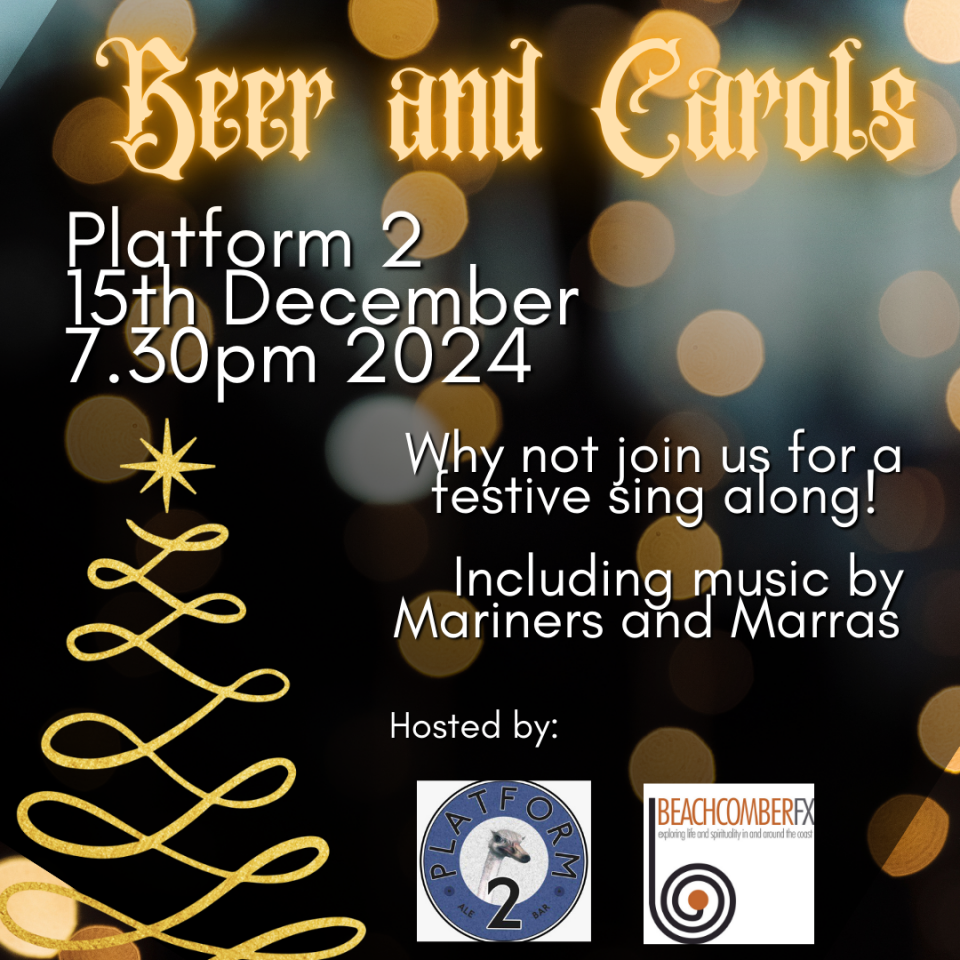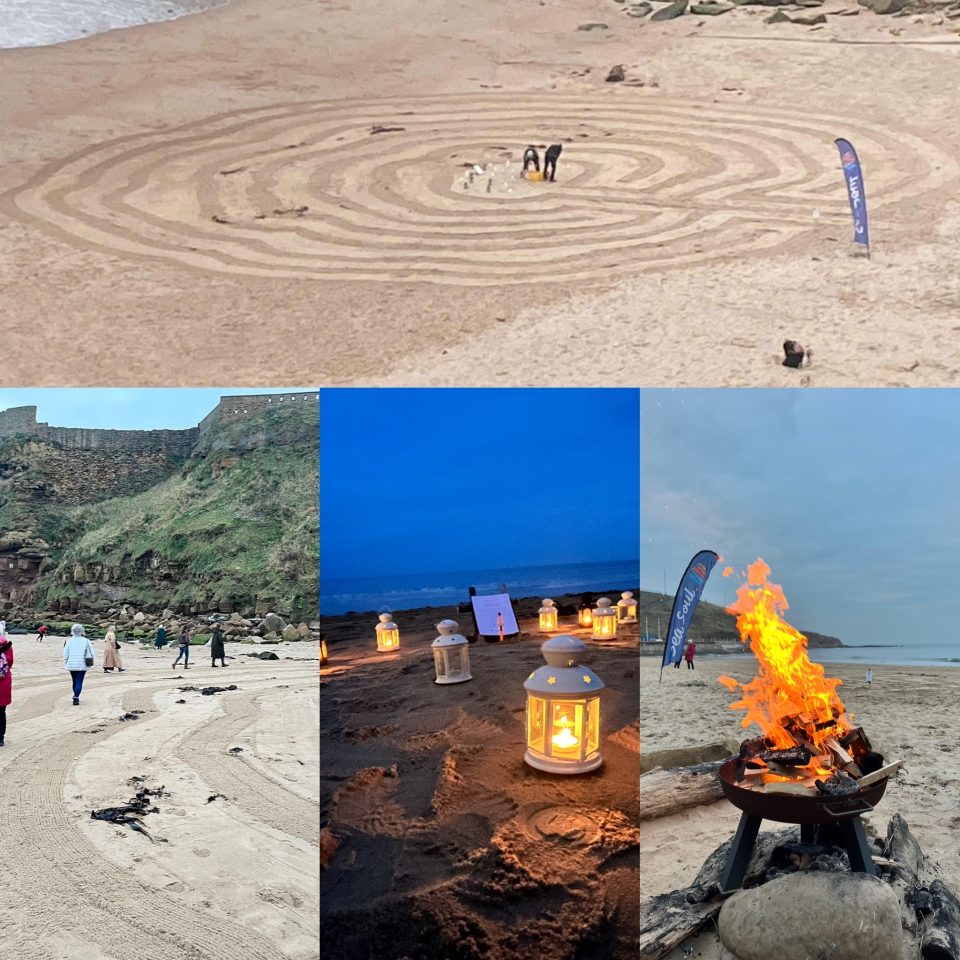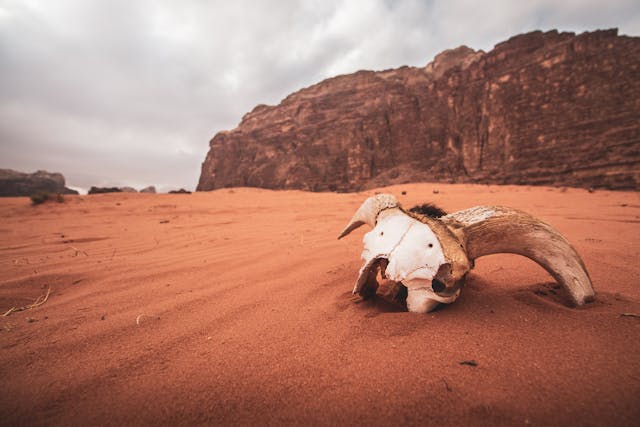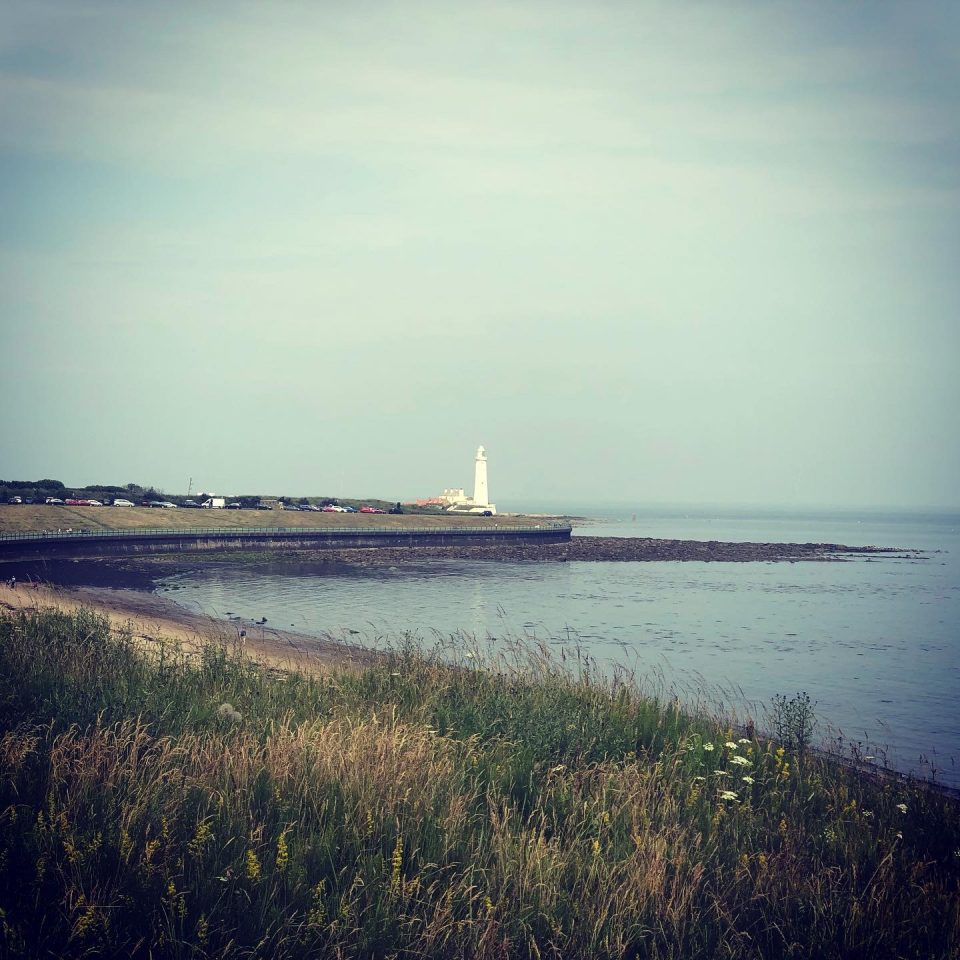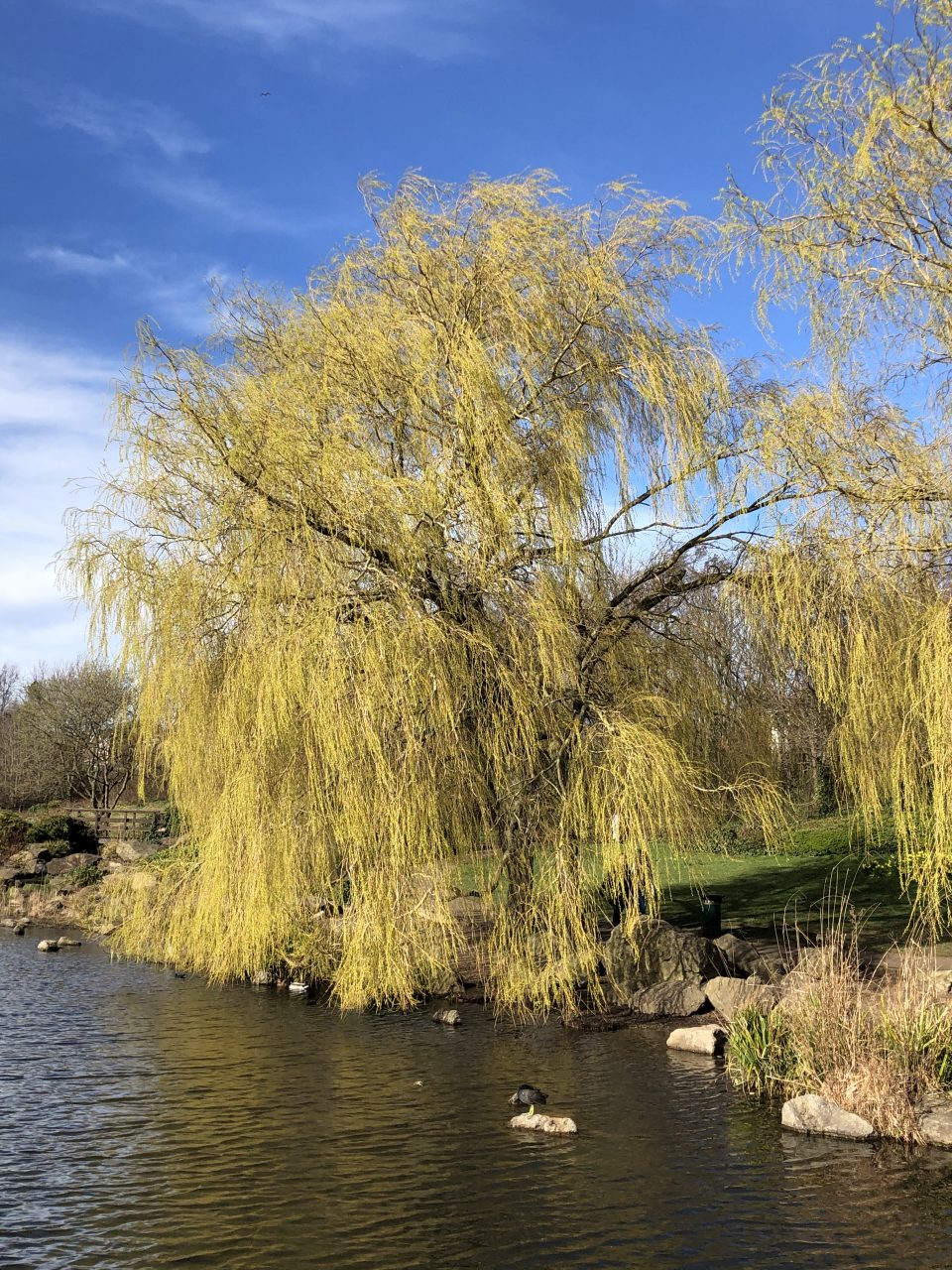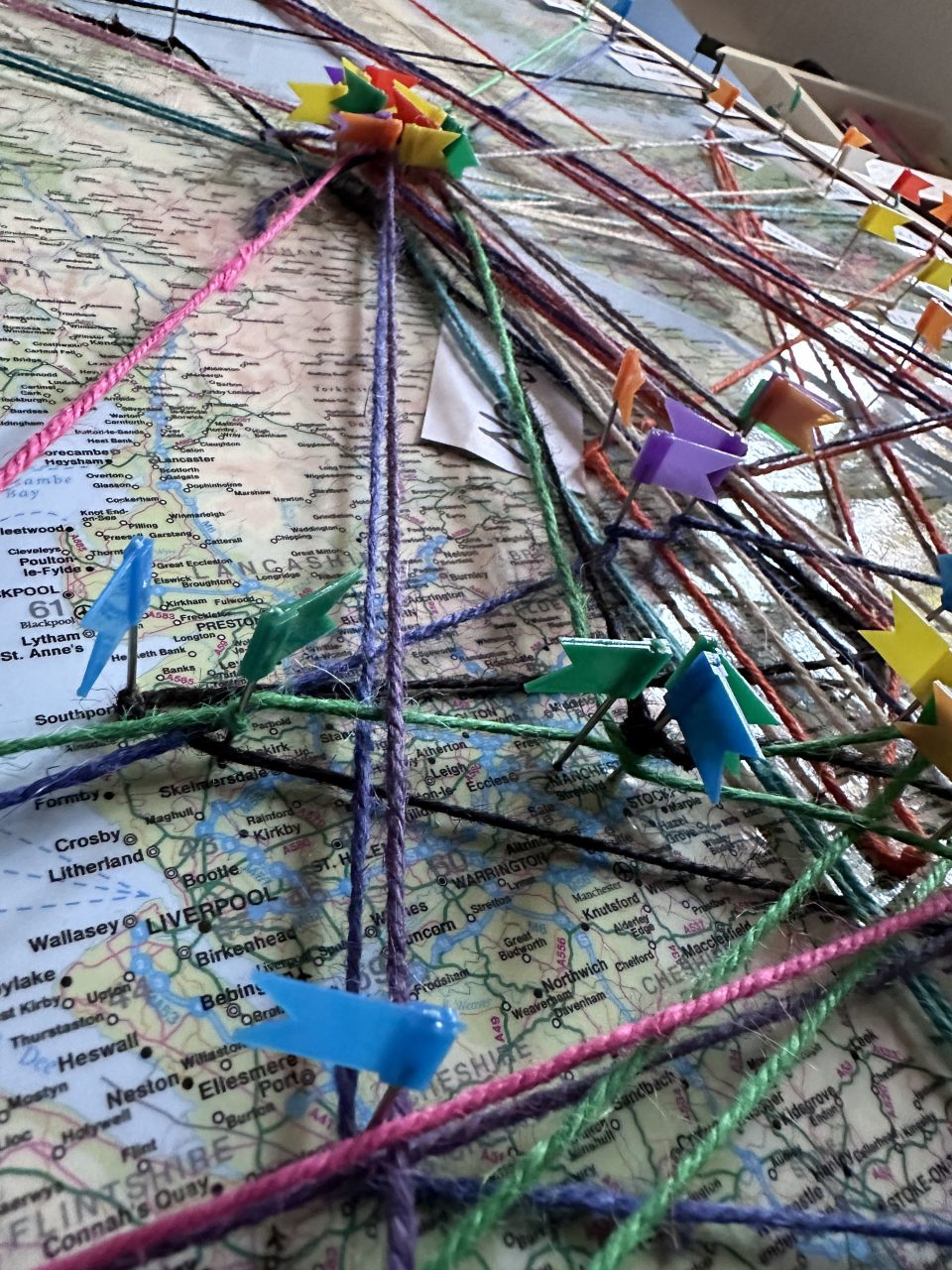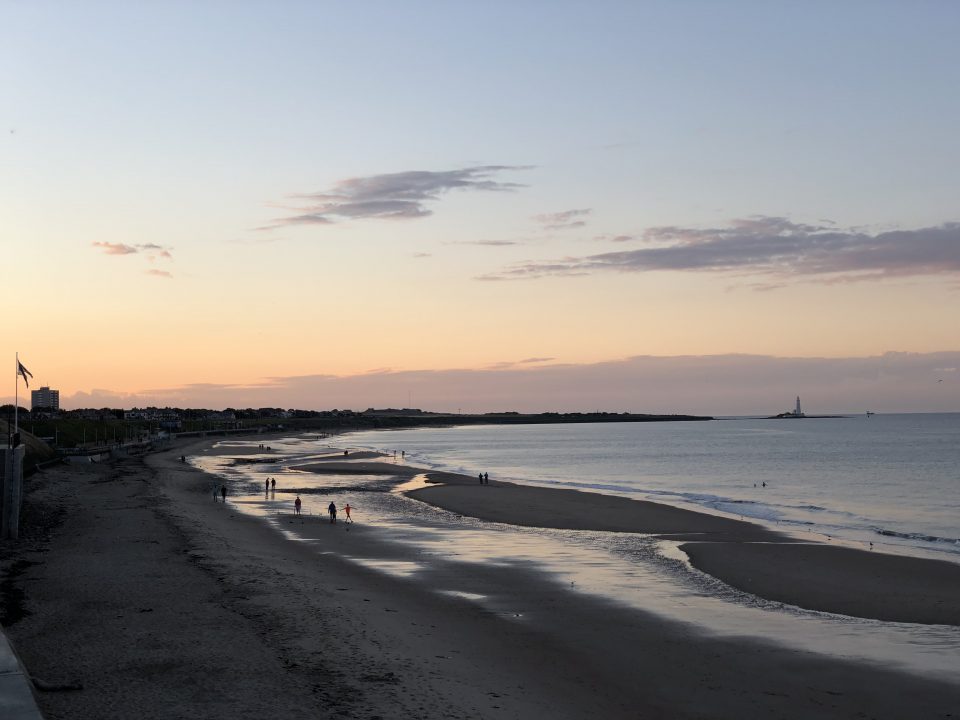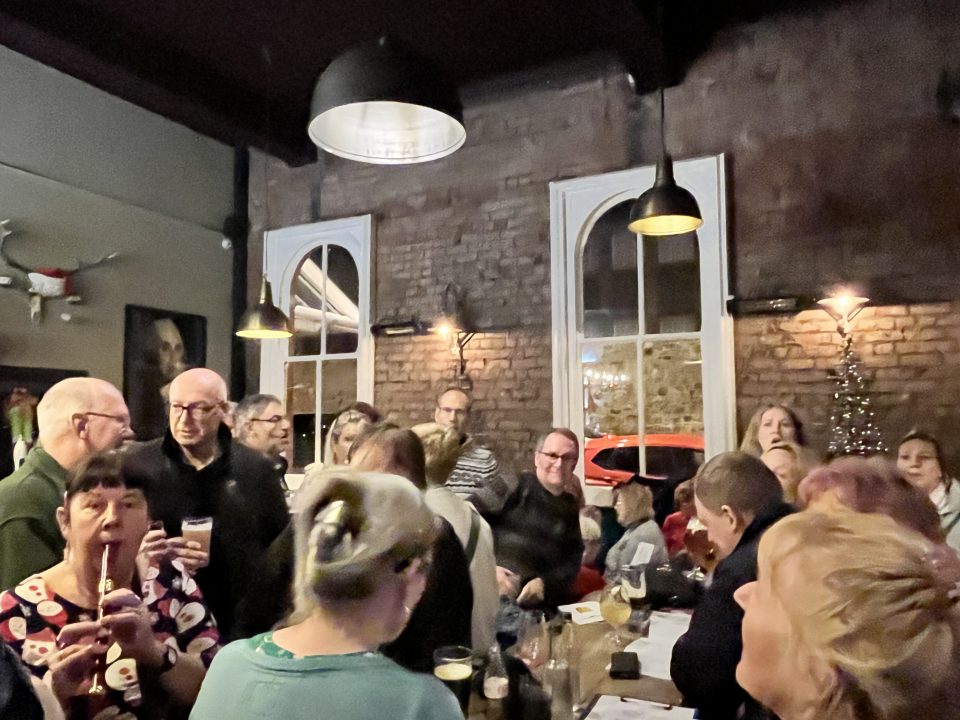This is always a cracking night, why not come and join us as we sing our way into Christmas! Rob WylieRob Wylie is the founder of BeachcomberFX and guides its leadership team. He has worked in the North East for over 20 years and has vast experience from various roles he has held. He has a passion for Fresh Expressions …
Who’s in?
Rob WylieRob Wylie is the founder of BeachcomberFX and guides its leadership team. He has worked in the North East for over 20 years and has vast experience from various roles he has held. He has a passion for Fresh Expressions of Church and Pioneer Ministry as well as beer, beaches and Miniature Schnauzers.
Dusking
Hi folks, we are taking a little break from our theme this week to think about the seasons. We are now into shorter days and darker nights and I wonder how you are finding them? Many of you know that in general I begin to struggle at this time of year, mainly because I love the summer, I love light nights, and beer …
Bring on the Sacrifice
Over the last few months we have been reflecting on books, films, music and other things that has inspired or challenged us. Well over the past few weeks all I have done is consume vast amounts of material on the book of Leviticus. I am afraid that is what you are going to get here. Bring on the sacrifice! A …
September wander
Hi folks, I trust you doing ok and that you have had a good week. This week we are going to make the most of the lighter nights while they are still with us… We intend to go for a walk from St Mary’s Island car park along the top to Seaton Sluice and back to the car park, when …
A short wander…
Hi folks, I trust you are doing ok? This week we are meeting for a BFX Wander, meeting at the slightly earlier time of 7.00pm at the Fish Quay by the ice cream parlour in the car park. We will then combine lifts to drive to the Royal Quays and walk back for a drink on the quay. We will …
Pubs!
Hi folks, hope you are doing ok! This week we are meeting in the Quarry from 7.30, it would be great t see you if you are able. This weeks blog is written for us by Karen. In 2018 the Mirror reported on research into pub conversations. It found that pub chat is at its absolute best after precisely 3.3 …
Connection
Hi folks, i hope you are doing ok, we are back to our regular gatherings this Sunday night, meeting at the Tavern and Galley, 71 The Links, Whitley Bay NE26 1UE from 7.30 We hope you can join us. At our recent weekend away we spent time trying to build the Beachcomber story and what that community in different …
Happy New Year!
Hi folks, I trust you are all recovered after the Christmas and New Year shenanigans. It’s been a steady start to the New Year for us, easing back in to work and trying to not let the damp weather get to us. A few things to say as we start the new year, we still have a bit of availability …
Thank you!!
Hi folks, i hope you are doing ok! I just want to say a huge thank you for being with us over the last year. I realise as i write this, that some of you we don’t see often, but be assured that you are in our thoughts and prayers. For those who live further away, again we value you …
